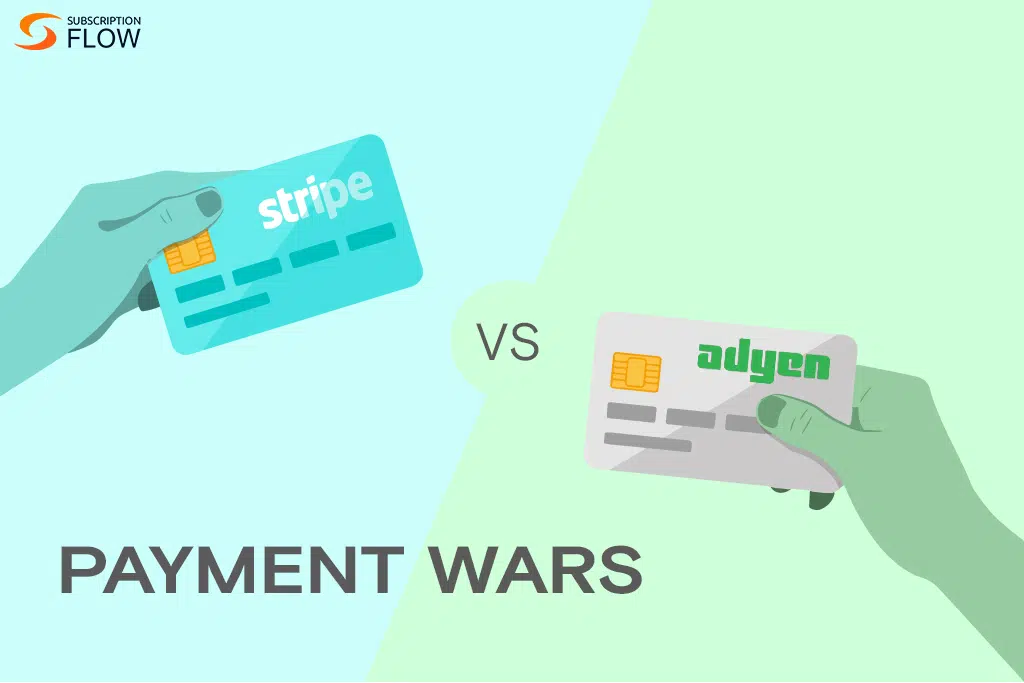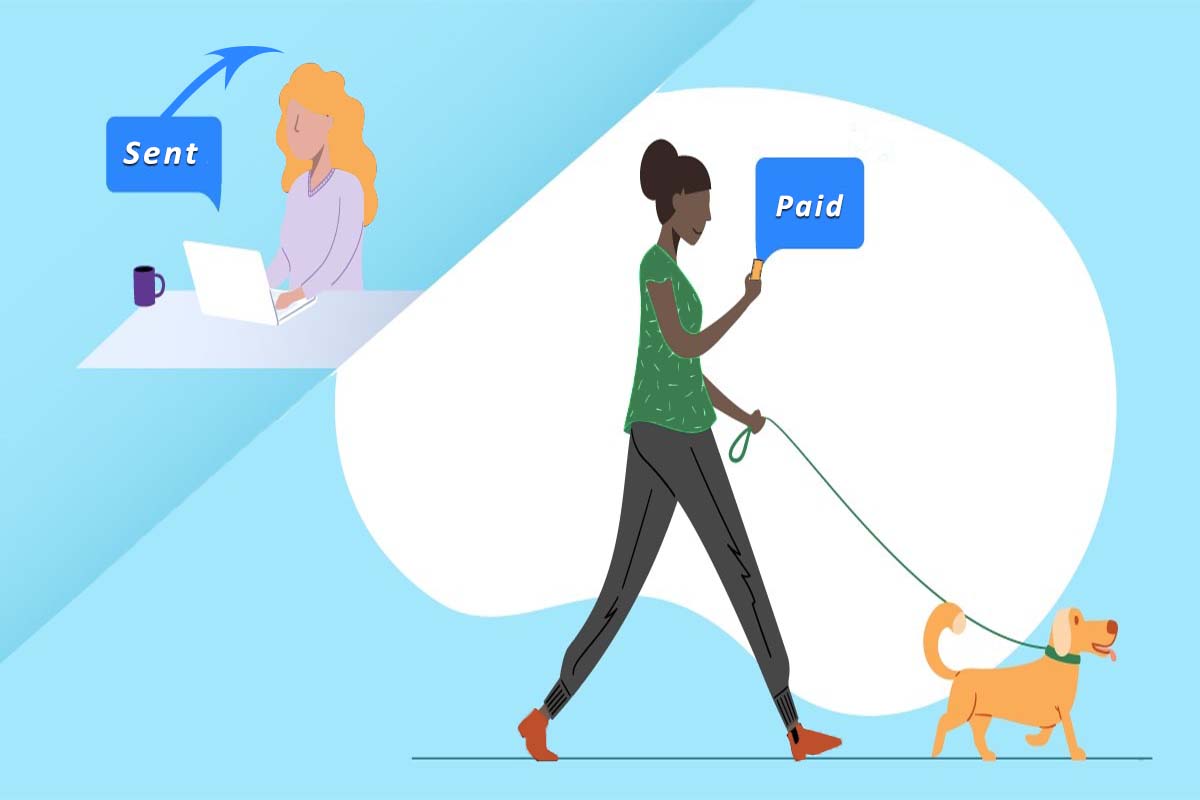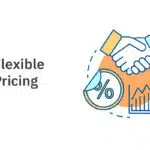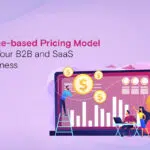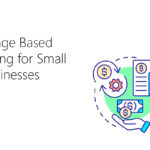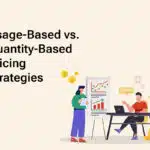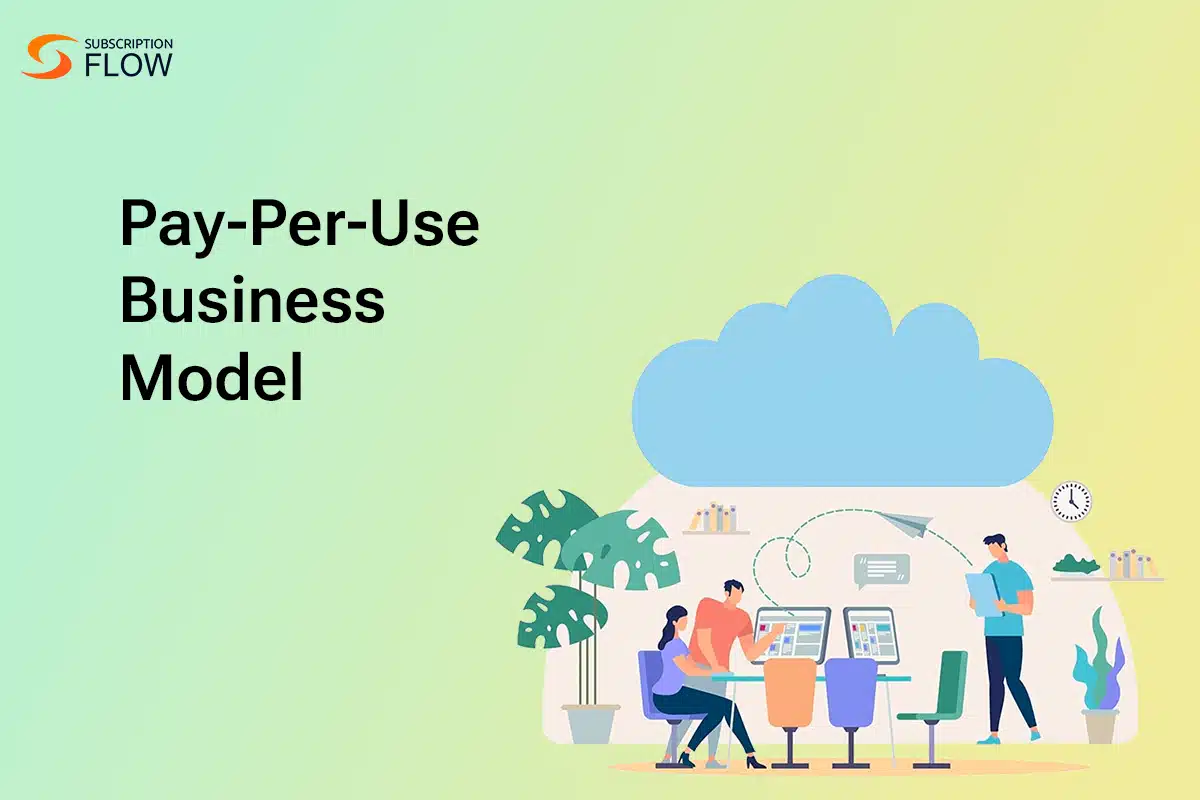
How Does SubscriptionFlow Help You Harness the Pay-Per-Use Pricing Model for Your Business?
The way businesses in the technology, media, and telecommunications sector provide their goods and services is changing dramatically. Customers are expecting more and more in a way that they can use offerings in a flexible, scalable, and secure way. This includes everything from media content to enterprise software solutions and technology infrastructure. In short, consumers want to have control over where, how, and how much they pay for and consume.
Lo and behold, this is where the pay per use business model examples enter the picture because this is a completely new business model that drastically changes who gets what and how much is needed to accommodate flexible consumption.
In this blog, while keeping in mind the context of the need for pay per use pricing model examples to become popular in the market, we will explore what exactly does this pricing model entail, its benefits to certain types of businesses, before delving into how SubscriptionFlow can help you implement this pricing model to supercharge your business’s reach to its clients.
Read more: How to Evaluate If Pay per Use Billing Is Meant for Your SaaS Business
What is the pay per use pricing model?
In the pay per use pricing model examples, customers only pay for the specific resources or services they use, according to the pay per use business model. The pay per use business model examples also allow businesses to offer their products or services on a more granular and personalized level, in contrast to traditional pricing models that involve upfront fees or fixed subscription plans.
Furthermore, businesses can track and charge customers based on their actual usage of software, cloud computing resources, or even physical utilities like electricity or water by using the pay per use model. In addition to accurately reflecting the value that customers actually receive, this dynamic pricing strategy gives businesses a more reliable source of income.
In addition, the pay per use billing model requires reliable invoicing and payment systems that can compute usage charges precisely and give clients clear invoices. Establishing and preserving customer satisfaction depends on transparent billing procedures and clear pricing structures.
Benefits of the Pay Per Use Pricing Model to Certain Types of Businesses
Businesses that use the Pay Per Use model can benefit from a number of advantages. In a high margin category, the value proposition permits disruptive market entry or market share moves and is clearly articulated around use value.
Nevertheless, companies encounter difficulties when putting the pay per use model into practice. In order to calculate the profitability of a per use unit, solutions must be engineered to deliver the pay per use billing model cost structure and to distinguish between a fixed and variable cost structure. Inadequate engineering can lead to unpredictable revenue for the pay per use billing model.
The specific advantages of this business model are as follows:
1. Ease of distribution: Pay per use models function best when the service is efficiently metered. In contrast to previous business models that included upfront licensing, installation, and maintenance costs, pay per use became possible for enterprise software companies with the shift to cloud-based computing models. SaaS is usually offered as a subscription service, pay per use service, or a mix of the two.
2. Focus on analytics and data: Pay per use may provide the business with additional insights into how users interact with and appreciate its goods and services. Pay-per-use businesses can receive more input to improve their pricing and product/service packaging, which will increase revenue.
3. Not a very high learning curve: Enterprise clients who usually take six months to a year to decide on enterprise software frequently skip this step and just start using the service because of the low or free startup costs. Based on the company’s actual needs, customers then increase their use (as opposed to paying upfront for license fees per seat).
Read more: SaaS Pay-Per-Use: Tailoring Costs to Consumption for Business Success
How can SubscriptionFlow help you implement pay per use pricing model to supercharge your business’s revenue?
SubscriptionFlow is a powerful and user-friendly subscription management tool that you can use to implement pay per use pricing for your business. SubscriptionFlow allows you to:
1. Establish your own pricing guidelines and usage metrics.
2. Real-time tracking and measurement of customer usage.
3. Accurately and transparently generate billing from usage data.
4. Automate invoicing and payment collection.
5. Derive data-driven insights for pricing strategy analysis and optimization.
You can offer pay per use pricing with SubscriptionFlow without having to deal with the headache of developing and managing your own billing system. If your company is in the cloud, IoT, SaaS, or any other industry that can profit from pay-per-use pricing, SubscriptionFlow can help you increase sales and expand your clientele.
Book a demo with SubscriptionFlow now to ensure that your business to is a part of the successful pay per use pricing model examples!



